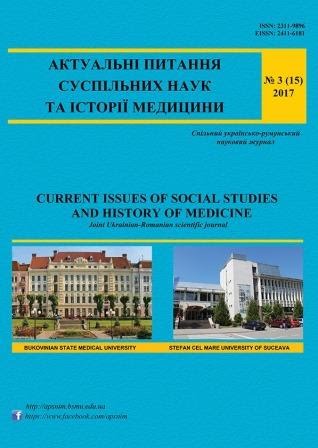КОМУНІКАТИВНО-ПРАГМАТИЧНІ ОСОБЛИВОСТІ ДРАМАТИЧНОГО ТЕКСТУ ЯК РІЗНОВИДУ ХУДОЖНЬОГО МОВЛЕННЯ
COMMUNICATIVE AND PRAGMATIC FEATURES OF A DRAMATIC TEXT AS A KIND OF ARTISTIC SPEECH
Author(s): Ivanna StrukSubject(s): Theatre, Dance, Performing Arts, Syntax, Pragmatics, Psycholinguistics, Sociolinguistics, Ukrainian Literature, Eastern Slavic Languages, Stylistics
Published by: Видавництво ВДНЗ України « Буковинський державний медичний університет »
Keywords: artistic text; dramatic text; dramatic composition; creolized text; quasi-spontaneous speech; quasi-dialogues; quasi-monologues;
Summary/Abstract: The article formulates the theoretical foundations of the study of dramatic text, distinguishes between the concepts of “dramatic text” (affects the reader) and “dramatic work” (verbalizes the theatrical action for the viewer), because these linguistic realities are in the relationship of inclusion. A dramatic text is a unity organized according to certain laws, which has a clear structure: a certain number of lines, designed with the help of the author's remark, forms a dialogical unity; the combination of dialogic units forms a scene; the set of scenes constitute an act; several acts create a complete work. Obligatory factors of expressiveness of the dramatic text that influence the development of dialogic parts of the characters are pragmatic components of speech which are considered as certain rules of successful communication. In the communicative-pragmatic paradigm dramatic text is defined as a specific type of artistic text that has its own structural and speech features due to a combination of informational, pragmatic, stylistic and cognitive aspects, where the pragmatic aspect is found in speech acts, syntactic organization of cues. The scientific novelty of the research is DT of Bukovinian’s writers of the late nineteenth – early twentieth century that have not yet been the subject of analysis. The relevance of scientific research requires a holistic analysis of the dramatic text and difference between the concepts of “dramatic text” and “dramatic composition”, the study of mandatory factors of expressiveness of dramatic text, influencing the development of dialogic parts. The following methods and techniques of linguistic analysis are used in the article: system-functional analysis, method of discussion analysis, contextual-interpretive method. Conclusions. Dramatic text is a complex phenomenon with its own peculiarities of functioning. It is possible to penetrate into the structure of a dramatic text, to reveal the meaning of the author's intentions due to the volume-pragmatic division of the text. The communicative-pragmatic organization of DT influences the processes of active aesthetic influence of a work of art on the consciousness of the addressee. We see the prospect of the represented research in the further deepening of knowledge about the categorical features of the text in the communicative-pragmatic aspect.
Journal: Актуальні питання суспільних наук та історії медицини
- Issue Year: 2021
- Issue No: 1
- Page Range: 29-33
- Page Count: 5
- Language: Ukrainian

